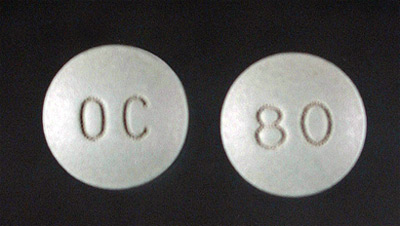Blog
Is Oxycontin a prescription drug?
Oxycontin prescription drug

OxyContin is a powerful prescription opioid medication used to manage moderate to severe pain. It contains oxycodone, a synthetic opioid that interacts with the brain to reduce pain signals. Is Oxycontin a prescription drug
Understanding Prescription Status:
OxyContin is classified as a Schedule II controlled substance in the United States. This means it has a high potential for abuse and addiction, and its distribution is strictly regulated. It is only available with a valid prescription from a licensed healthcare professional.
Intended Uses:
OxyContin is typically prescribed for:
Chronic pain: Persistent pain that lasts for months or longer.
Post-surgical pain: Pain experienced after surgery.
Cancer pain: Pain associated with cancer and its treatment.
Risks and Side Effects:
While effective for pain management, OxyContin carries significant risks, including:
Addiction: Prolonged use can lead to dependence and addiction, even when taken as prescribed.
Overdose: Overdosing can lead to life-threatening respiratory depression and death.
Tolerance: The body can become tolerant to the drug, requiring higher doses to achieve the same effects.
Withdrawal: Abruptly stopping OxyContin after prolonged use can trigger severe withdrawal symptoms.
Physical dependence: The body can become physically dependent on the drug, making it difficult to stop using it without experiencing withdrawal.
Abuse and Misuse:
OxyContin is a common target for abuse and misuse. Its high potency and euphoric effects make it attractive for recreational use. This has contributed to the opioid epidemic, a public health crisis characterized by widespread opioid addiction and overdose deaths.
Importance of Responsible Use:
It’s crucial to use OxyContin only as prescribed by a healthcare professional. Misusing or abusing the drug can have serious consequences.
Alternative Pain Management Options:
There are alternative pain management options available, such as:
Non-opioid medications: Acetaminophen, ibuprofen, and naproxen can be effective for pain relief.
Physical therapy: Strengthening and stretching exercises can improve pain management.
Cognitive-behavioral therapy: Therapy can help manage pain and improve coping mechanisms.
Lifestyle modifications: Maintaining a healthy weight, exercising regularly, and managing stress can contribute to pain relief.
Seeking Professional Help:
If you are struggling with opioid addiction, seeking professional help is essential. Treatment options include:
Detoxification: A medically supervised process to safely withdraw from opioids.
Behavioral therapy: Therapy to address underlying issues associated with addiction.
Medication-assisted treatment: Medications can help reduce cravings and withdrawal symptoms.
Conclusion:
OxyContin is a potent prescription opioid with significant risks, including addiction and overdose. It should only be used under the supervision of a healthcare professional. If you are struggling with opioid addiction, seek professional help for recovery. Remember, there are safer alternatives available for pain management.
Is Oxycontin a prescription drug? Above content explains more better.
